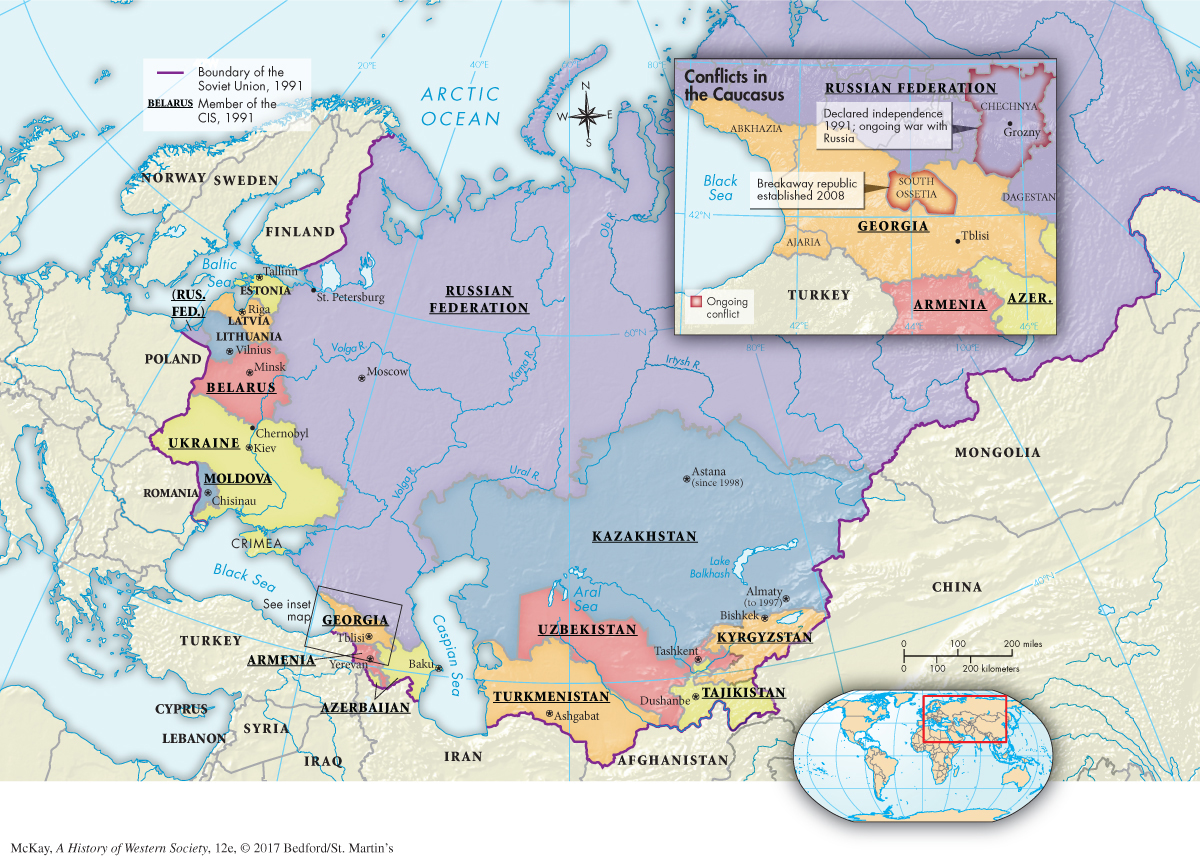
MAP 30.1 Russia and the Successor States, 1991–2015 After the failure of an attempt in August 1991 to depose Gorbachev, an anticommunist revolution swept the Soviet Union. The republics that formed the Soviet Union each declared their sovereignty and independence, with Russia, under President Boris Yeltsin, being the largest. Eleven of the fourteen republics then joined with Russia to form a loose confederation called the Commonwealth of Independent States, but the integrated economy of the Soviet Union dissolved into separate national economies, each with its own goals and policies. Conflict continued to simmer over these goals and policies, as evidenced by the ongoing civil war in Chechnya, the struggle between Russia and Georgia over South Ossetia, the Russian annexation of the Crimea, and the Ukrainian separatist movement.